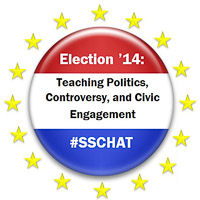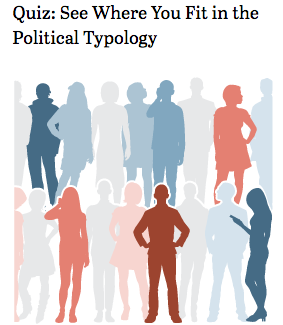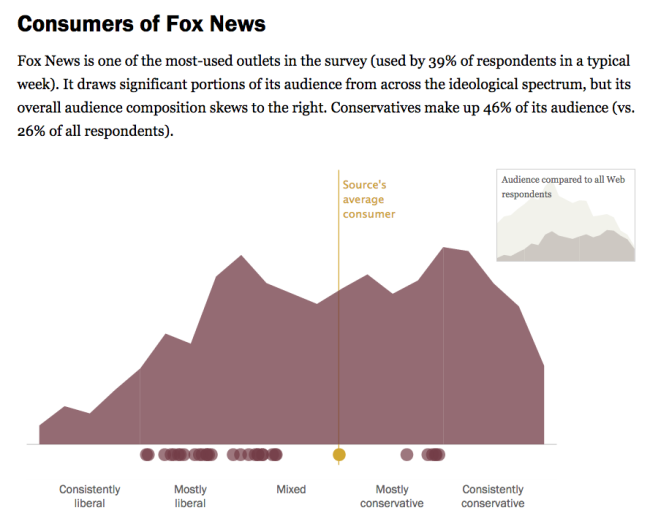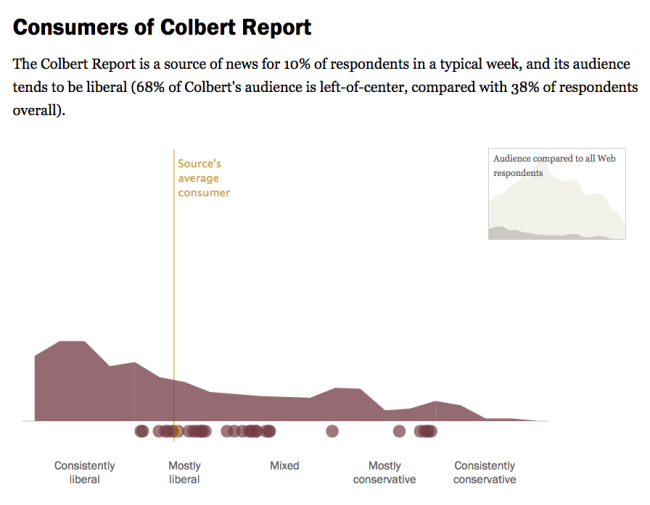 My @EdMethods students and I [@edteck] are proud to be guest hosts for Twitter #sschat on Monday November 3, 2014 from 7-8 PM (eastern). That night is election eve ’14 and our topic will be very timely – “Teaching Politics, Controversy and Civic Engagement.” Here’s our questions:
My @EdMethods students and I [@edteck] are proud to be guest hosts for Twitter #sschat on Monday November 3, 2014 from 7-8 PM (eastern). That night is election eve ’14 and our topic will be very timely – “Teaching Politics, Controversy and Civic Engagement.” Here’s our questions:
Q1: What are student attitudes about politics and government – engagement, distain or indifference?
Q2: How do you create a safe classroom climate to address hot-button political and social issues?
Q3: How should teachers deal with their personal opinions when teaching politics and controversial issues – teach, preach, abstain?
Q4: How can we help students be critical consumers of political news and opinion?
Q5: What resources / ideas can you recommend for teaching politics and fostering civic engagement?
Q6: (Channel your inner Nate Silver) Do you have a prediction to make about a hot 2014 election or ballot initiative?
My co-hosts are pre-service social studies teachers in the School of Education, University of Portland (Ore). We take social media seriously in EdMethods. It’s an essential element of the course. Our students include:
Kari Vankommer @MissKVK
Christy Thomas @crthomas478
Emily Strocher @emilystrocher
Andy Saxton @MrAndySaxton
Erik Nelson @ENelsonEdu
Michelle Murphy @michelleqmurphy
Kristi McKenzi @tiannemckenzie
Sam Kimerling @kimerlin171
Scott Deal @SLDeal15
Jenna Bunnell @jennamarie0927
Ceci Brunning @csquared93






